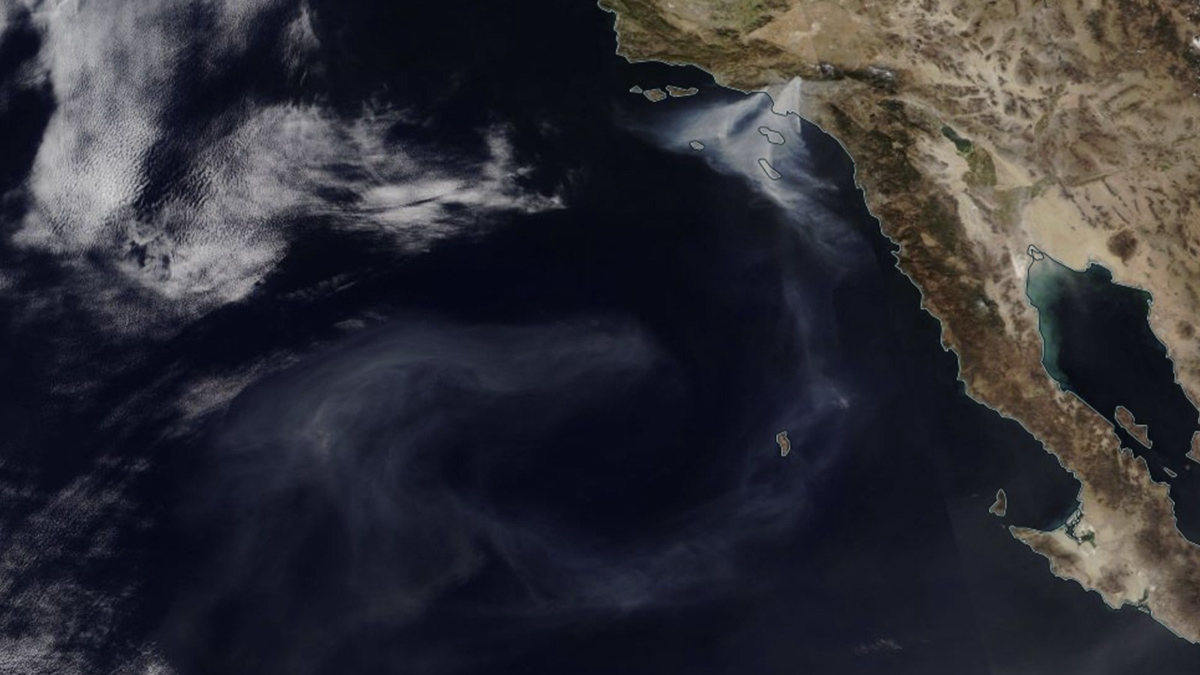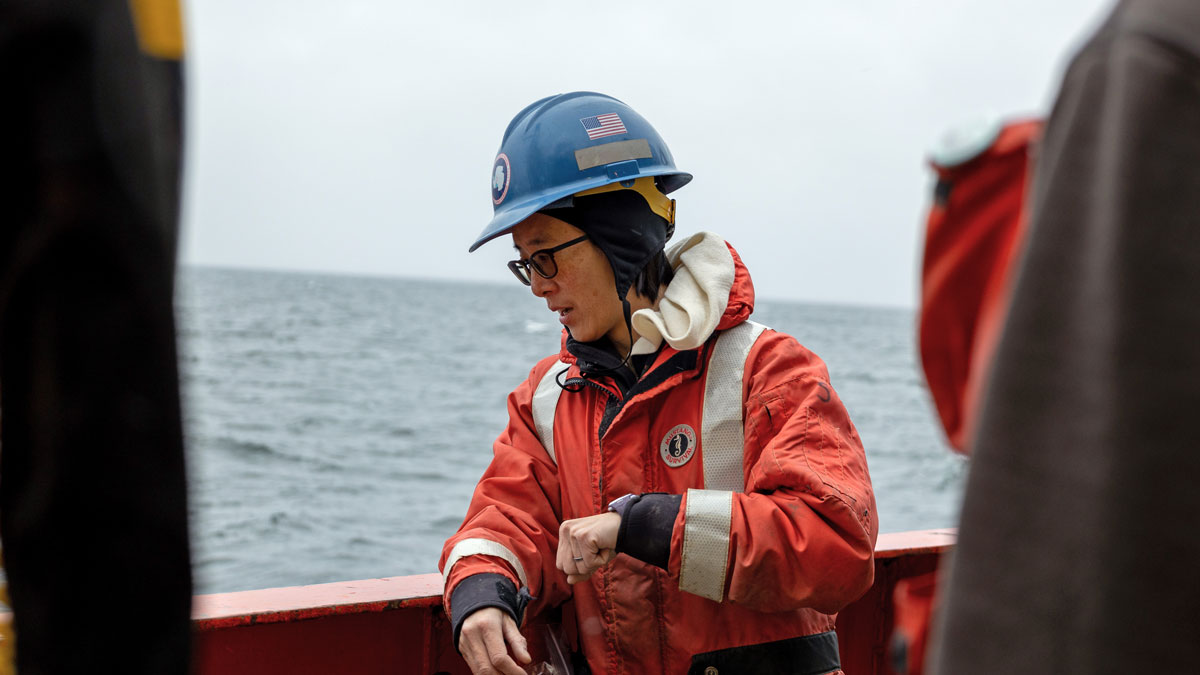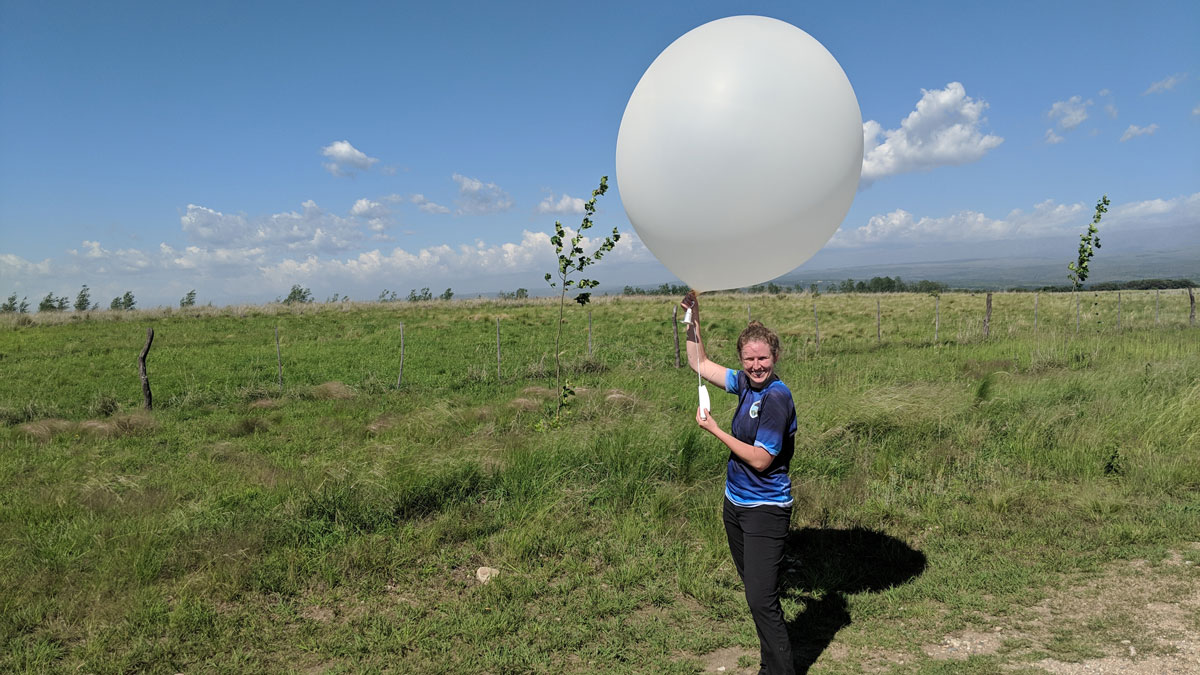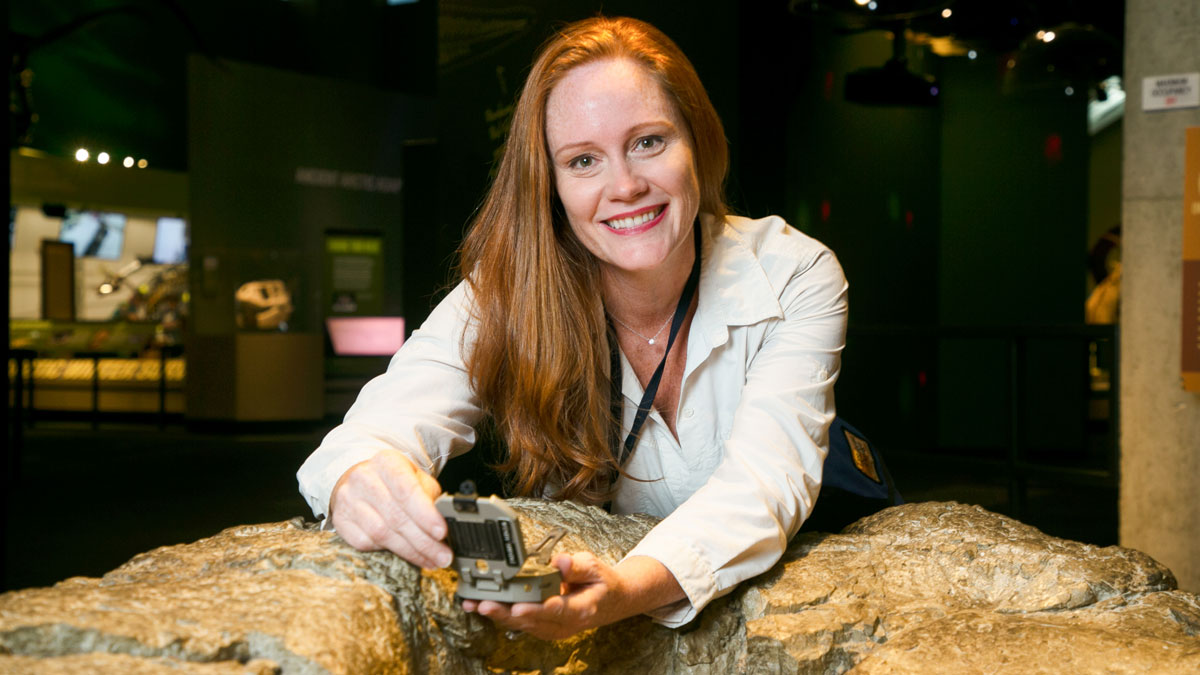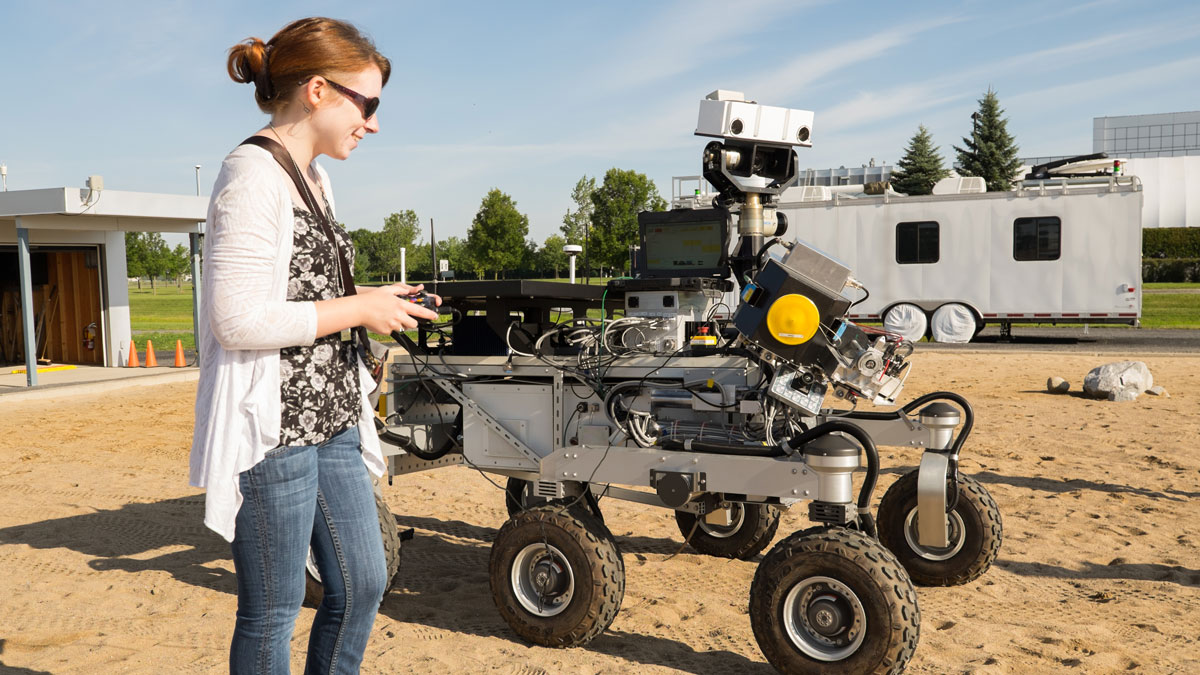When more densely populated Altadena and Pacific Palisades burned along with surrounding wildlands, hazards for residents didn’t stop when the fires were contained.
Features
Scrambling to Study Smoke on the Water
Timely action shows the impact of urban fires on freshwater and marine ecosystems.
The Career Issue: Winds of Change
Read about how 12 Earth and space scientists found paths in academia, business, government, and nonprofits.
Lucia Perez Diaz: Expressing Earth with Art
A geoscientist and illustrator finds artistic inspiration in plate tectonics and geodynamics.
Phoebe Lam: Embracing the Ocean’s Complexities
A generalist at heart, this geochemist is unraveling the mysteries of the ocean’s chemical cycling.
Stacey Hitchcock: From Fearing Storms to Seeking Them
This atmospheric scientist digs into the details of storms to help keep people safe.
Wendy Bohon: Quelling Fears and Sparking Geoscience Joy
This earthquake enthusiast and science communicator wants you to know that a “whole ecosystem” of scientific careers exists outside of academia.
Tanya Harrison: Roving on Mars
This planetary geologist has worked on nearly every Mars rover while connecting government, universities, the private sector, and the public.
Susanne Maciel: Marrying Mathematics and Geology
A geophysicist brings math down to Earth and reaches a rural audience.
Kate Mulvaney: Bringing Human Dimensions to Water Resources
From small coastal towns to international ocean treaties, this EPA scientist has helped integrate social science into how people study and protect natural water resources.


